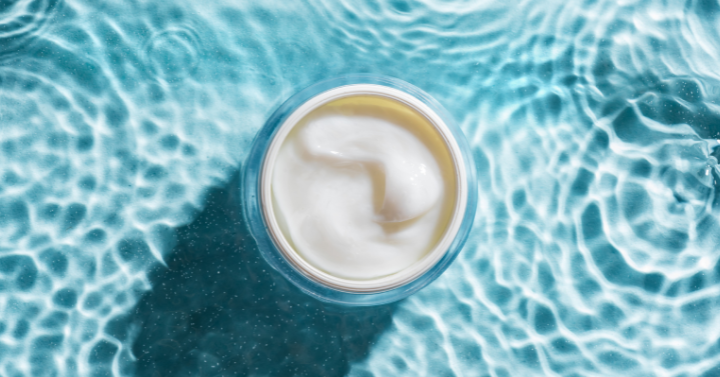Clean beauty has held many definitions over the years, and while an industry standard remains blurred, substantial progress has been made in product education and ingredient transparency courtesy of intensifying consumer demand. Those shopping for these products a decade or more ago would have found limited brand and product offerings on shelves, less accessibility across the retail landscape, and former buzzwords such as “green” and “natural” more commonplace. Today, these products perform like many of their mainstream competitors, rely on “non-toxic” and “clean” positionings, and align more closely with consumerism trends such as wellness and sustainable initiatives.
A decade ago, clean beauty only represented 11% of the total U.S. market, but today, that number has risen significantly to a 17% sales share, according to our Natural and Clean Beauty Regional Series report. Skin care, in particular, has been one of the most transformative areas, with clean players outperforming total skin care’s year-over-year growth. Additionally, skin care brands are employing product innovations and marketing strategies to win a bigger slice of the pie.
The latest trend is “clean-ical,” a fusion of clean and clinical-grade ingredients that combine multiple considerations of today’s skin care enthusiasts. The Skinfix brand was an early adopter of this trend; and now, retailers such as Sephora are making a big push to promote brands that marry clean ingredients and science-backed actives such as peptides, hyaluronic acid, and retinol, which have traditionally been more popular among the physician and aesthetician communities. This is also being noted in sunscreen, where brands such as Supergoop! and Summer Fridays are infusing their SPF formulations with antioxidant complexes, niacinamide, and bioretinol.
This is a smart play considering medical-grade skin care is booming. Brands that are dispensed through aesthetic physician’s offices and medical spas in the United States, including SkinCeuticals and Alastin, have been reaching record growth rates over the recent years, averaging 20% increases over the last two years, according to our Professional Skin Care Global Series report. However, the fusion of clean and clinically proven active ingredients is a stronger consideration for consumers shopping in the mass, premium, and direct-to-consumer channels. The reverse is not as commonplace today because consumers prioritize effective and corrective care when shopping in the aesthetic channel.
What other trends are making their way into the natural and clean beauty market? Find out from our Natural and Clean Beauty Regional Series report, which provides an in-depth overview of the market size and growth, key new launches, retail outlet breakdowns, and natural ingredient ratings using Kline’s proprietary scale. In addition, our coverage of the skin care category expands from mass and premium to the professional channel with cornerstone reports such as Cosmetics & Toiletries USA and Professional Skin Care Global Series.

